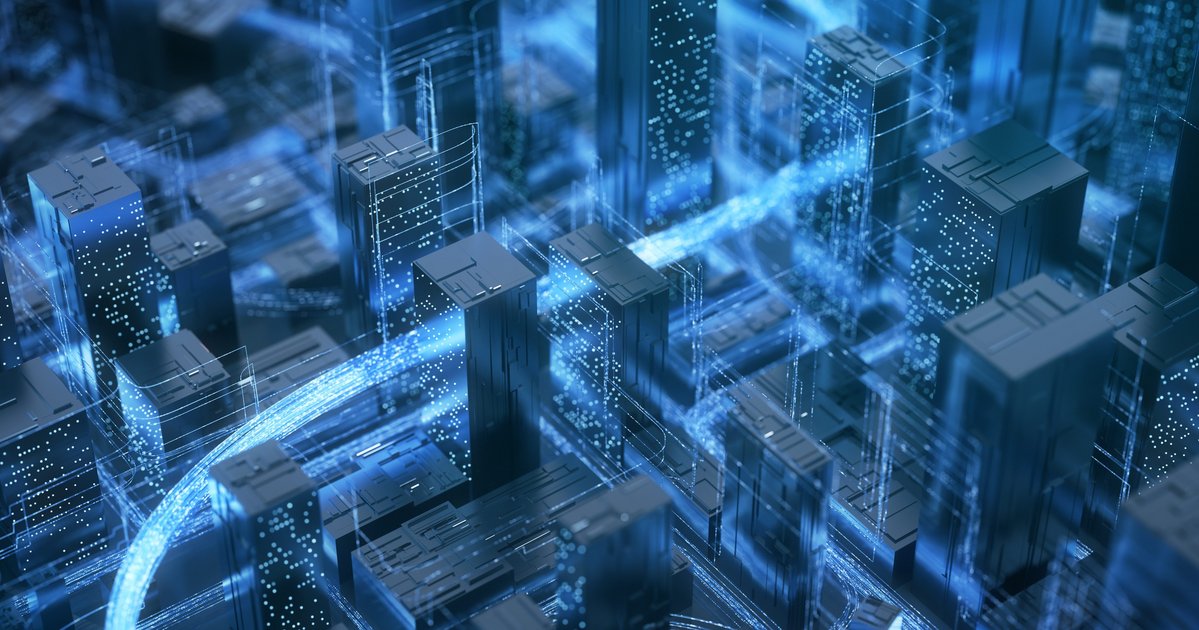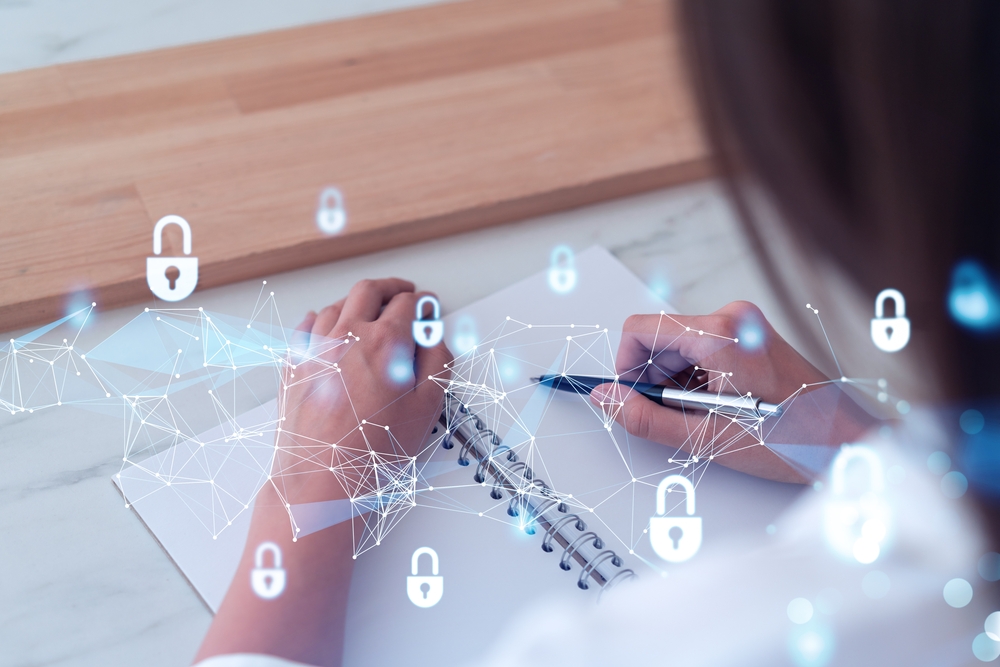The launch this week of a Future of Defence fund that will put money into the armaments and cybersecurity industries comes amid confusing signals from the sector.
In the wake of Russia’s invasion of Ukraine, investing in defence stocks – until recently regarded by many as anathema – is increasingly seen as providing support to democracy.
Yet in the past few weeks the direction of share prices has not necessarily reflected the global boom in spending, sparked by the war in Ukraine, and alarm over China’s intentions towards Taiwan, its neighbour in the South China Sea.
After a long-ish era of decline, expenditure reached $2.24trillion (£1.74trillion) last year, with British businesses such as Chemring, which supplies materials and components for missile systems, reporting a surge in orders.
Nato members that have not dedicated 2 per cent of GDP to defence are promising to meet this target. The HANetf Future of Defence fund, which will have the stock market ticker ‘Nato’, will back only companies based in the countries that are members of the alliance or part of the Nato Plus group – Australia, New Zealand, Japan, Israel and South Korea.
Despite the rush to re-equip and form multi-year partnerships, shares in some major UK and US defence names fell following last month’s failed insurrection led by Yevgeny Prigozhin, the founder of the Wagner mercenary group. BAE slipped as did Qinetiq, which is behind the Banshee drone.
It seems traders viewed the brief coup as evidence of instability in Russia that could shorten hostilities in Ukraine. A cessation would reduce outlay on tanks, troops and the rest, with other consequences for defence contractors.
Ukraine has been a hugely important testing ground for these groups’ technologies, revealing where innovation and upgrades are needed.
Some investors, devoted to the cause of ESG (environment, social and governance) will be unperturbed by the post-coup share price falls.
They will continue to shun BAE, Qinetiq and other cyber-security or weaponry companies in the EQM Future of Defence index. Its constituents include Cisco, Northrop Grumman, Palo Alto and Raytheon, maker of the Patriot missile.
But Russian aggression has shifted…



